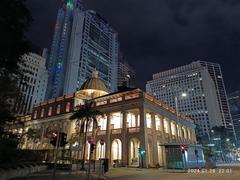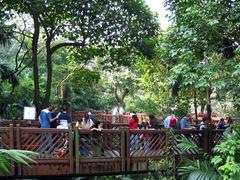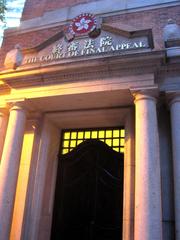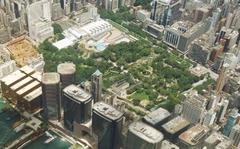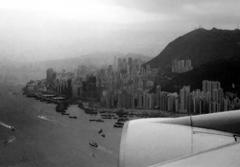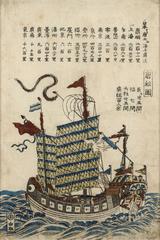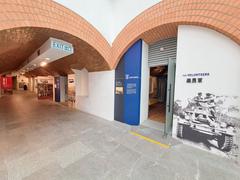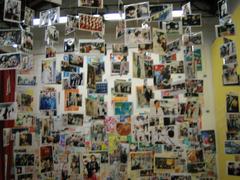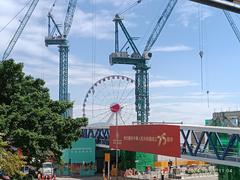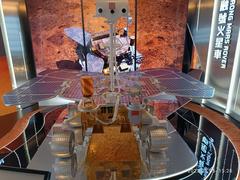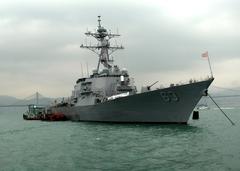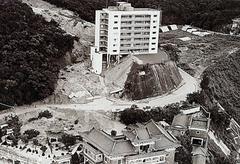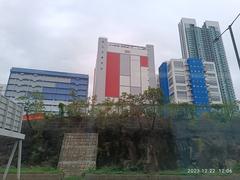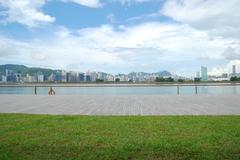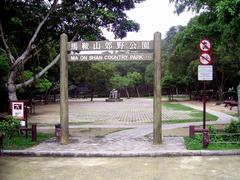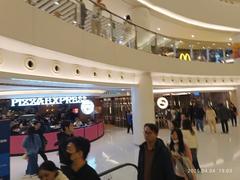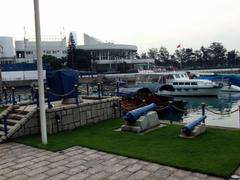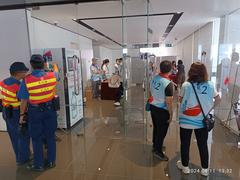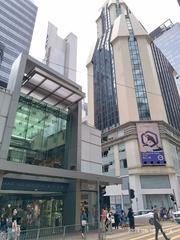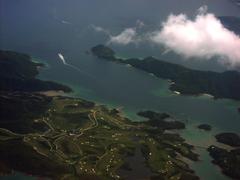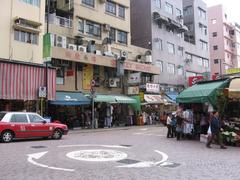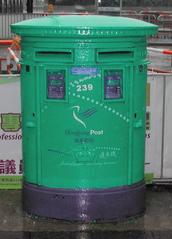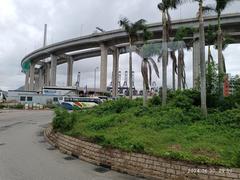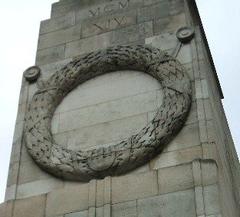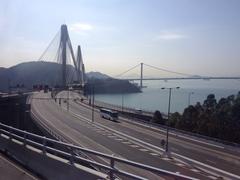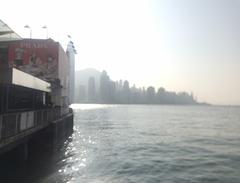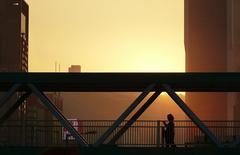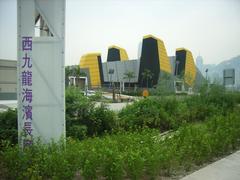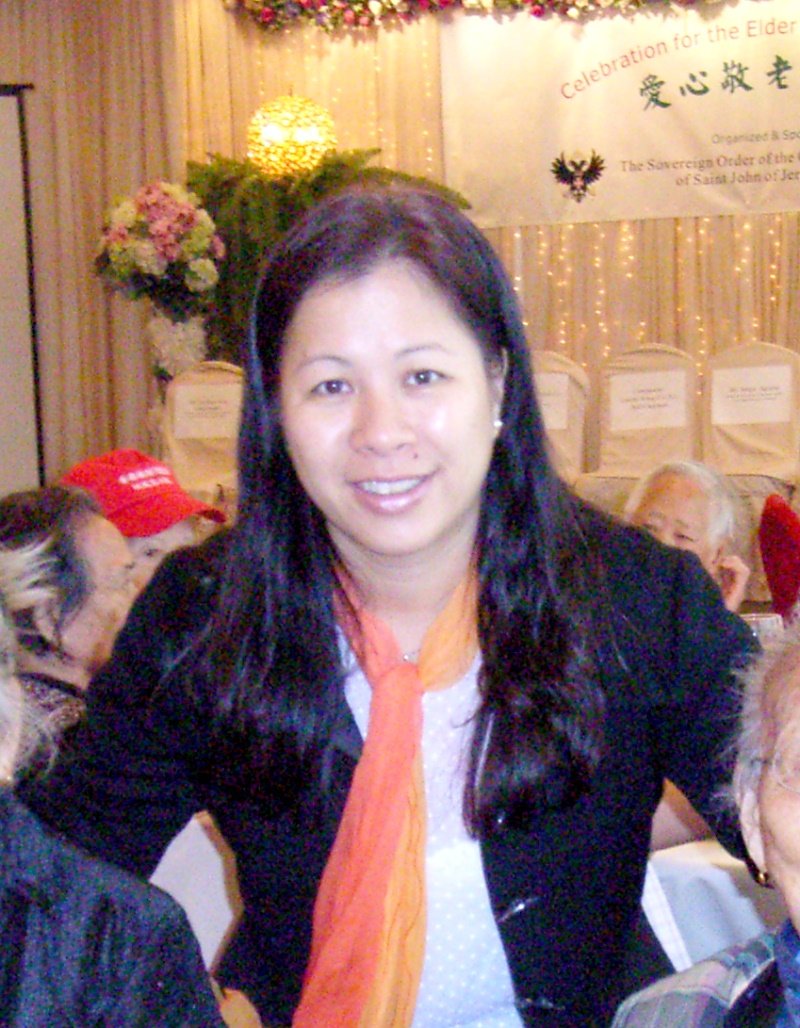
Visiting Hours and Tickets for Monkey Buttress, Hong Kong
Date: 19/07/2024
Introduction
Nestled in the vibrant and bustling city of Hong Kong, Monkey Buttress is a site of immense historical, cultural, and natural significance. This comprehensive guide aims to provide potential visitors with all the essential information needed for a fulfilling visit. From its geological origins dating back millions of years to its role during the British colonial era and World War II, Monkey Buttress has witnessed significant events that have shaped its current status.
The site offers a unique blend of historical landmarks, cultural legends, and natural beauty, making it an attractive destination for history buffs, nature enthusiasts, and casual travelers alike. The Hong Kong government and various conservation groups have made concerted efforts to preserve this site, ensuring that it remains a focal point for education and recreation. Whether you’re interested in exploring the remnants of military installations, hiking scenic trails, or participating in special events, Monkey Buttress promises a rich and engaging experience. For more detailed information on Hong Kong’s history, visitors can refer to the Hong Kong Heritage Museum and the Hong Kong Museum of History.
Table of Contents
- Introduction
- Early History and Origins
- Colonial Era and Development
- World War II and Japanese Occupation
- Post-War Era and Modern Development
- Cultural Significance and Local Legends
- Archaeological Discoveries
- Visitor Information
- Travel Tips
- Nearby Attractions
- Special Events and Guided Tours
- Preservation Efforts and Challenges
- Educational and Recreational Importance
- Future Prospects
- FAQ
- Conclusion
Early History and Origins
Monkey Buttress, located in the vibrant city of Hong Kong, is steeped in rich history. The origins of this unique geological formation date back millions of years, shaped by natural forces that have sculpted the landscape of the region. The area where Monkey Buttress stands today was once submerged under the sea, and over time, tectonic activities and volcanic eruptions led to the formation of the rugged terrain that characterizes the site.
Colonial Era and Development
During the British colonial era, which began in 1841, Hong Kong underwent significant transformations. The strategic location of Monkey Buttress made it an important landmark for the British. The buttress served as a natural lookout point, providing panoramic views of the surrounding areas, which were crucial for monitoring maritime activities. The British military utilized this vantage point to safeguard the harbor and maintain control over the region.
World War II and Japanese Occupation
The historical significance of Monkey Buttress was further highlighted during World War II. In 1941, Hong Kong fell to Japanese forces, and the occupation lasted until 1945. During this period, Monkey Buttress played a pivotal role in the defense strategies of both the British and Japanese forces. The natural elevation and strategic location made it a key point for military fortifications. Remnants of bunkers and military installations from this era can still be found at the site, serving as a poignant reminder of the turbulent times.
Post-War Era and Modern Development
After World War II, Hong Kong experienced rapid economic growth and urban development. Monkey Buttress, with its historical and natural significance, became a focal point for conservation efforts. The Hong Kong government recognized the importance of preserving the site, not only for its historical value but also for its ecological and recreational potential. In the 1970s, initiatives were launched to protect the area from urban encroachment and to promote it as a destination for nature enthusiasts and history buffs alike.
Cultural Significance and Local Legends
Monkey Buttress is not only significant for its historical events but also for its cultural impact. The site is intertwined with local legends and folklore. One popular legend speaks of a mythical monkey king who once ruled the area and protected the local inhabitants from evil spirits. This legend has been passed down through generations and adds a layer of mystique to the site. The name ‘Monkey Buttress’ itself is believed to be derived from these ancient tales.
Archaeological Discoveries
Archaeological excavations at Monkey Buttress have unearthed artifacts that provide insights into the early human activities in the region. Pottery shards, tools, and other relics suggest that the area was inhabited by early settlers long before the colonial era. These findings have been crucial in understanding the prehistoric culture and lifestyle of the inhabitants of Hong Kong. The artifacts are now preserved and displayed in local museums, offering visitors a glimpse into the ancient past of the region.
Visitor Information
- Visiting Hours: Monkey Buttress is open to visitors from 8:00 AM to 6:00 PM daily.
- Tickets: Admission is free, but guided tours may have a fee. Check the official website for the latest information on guided tours and special events.
Travel Tips
- Wear comfortable hiking shoes as the terrain can be rugged.
- Bring water and snacks, especially if you plan to explore the trails.
- Visit during weekdays to avoid crowds.
- Don’t forget your camera for some stunning photo opportunities.
Nearby Attractions
- Victoria Peak: Offers breathtaking views of Hong Kong’s skyline.
- Hong Kong Museum of History: A great place to learn more about the region’s past.
- Aberdeen Fishing Village: Experience traditional Hong Kong life and enjoy fresh seafood.
Special Events and Guided Tours
Monkey Buttress hosts various special events throughout the year, including historical reenactments and nature walks. Guided tours are available and highly recommended for a deeper understanding of the site’s historical and cultural significance. Check the official website for upcoming events and tour schedules.
Preservation Efforts and Challenges
Preserving the historical integrity of Monkey Buttress has been a challenging task. Urbanization and infrastructure development pose constant threats to the site. However, concerted efforts by local authorities and conservation groups have ensured that the site remains protected. In recent years, there have been initiatives to promote sustainable tourism, ensuring that visitors can enjoy the site without compromising its historical and ecological value.
Educational and Recreational Importance
Today, Monkey Buttress serves as an educational and recreational hub. Schools and universities organize field trips to the site, allowing students to learn about the geological, historical, and cultural significance of the area. The site is also popular among hikers and nature lovers, offering scenic trails and breathtaking views. Information boards and guided tours provide visitors with detailed insights into the history and significance of Monkey Buttress.
Future Prospects
Looking ahead, the future of Monkey Buttress appears promising. Continued efforts to preserve and promote the site are expected to enhance its status as a key historical and cultural landmark in Hong Kong. Plans are underway to develop more interactive and immersive experiences for visitors, leveraging technology to bring the history of Monkey Buttress to life. Virtual reality tours, augmented reality apps, and interactive exhibits are some of the initiatives being explored to make the site more engaging and accessible to a global audience.
FAQ
- What are the visiting hours for Monkey Buttress?
- Monkey Buttress is open from 8:00 AM to 6:00 PM daily.
- How much are tickets to Monkey Buttress?
- Admission is free, but guided tours may have a fee. Check the official website for the latest information.
Conclusion
Monkey Buttress stands as a testament to the rich and diverse history of Hong Kong. From its geological origins to its role in colonial and wartime history, the site offers a unique window into the past. Ongoing preservation efforts and innovative visitor experiences ensure that its historical significance is appreciated by future generations. Whether you are a history enthusiast, a nature lover, or someone seeking adventure, Monkey Buttress has something to offer. The future of this landmark appears promising with plans to incorporate technology for more interactive and immersive experiences. For the latest updates, special events, and more, download the mobile app Audiala, check out related posts, or follow on social media. Through these efforts, Monkey Buttress will continue to captivate and educate, maintaining its status as a key historical and cultural landmark in Hong Kong.




